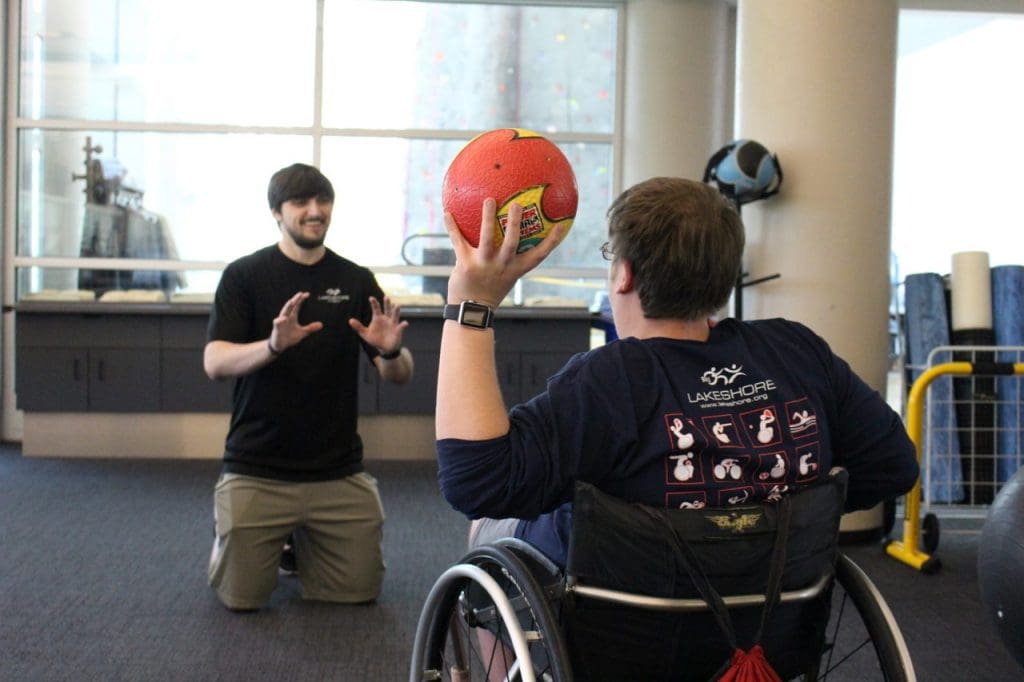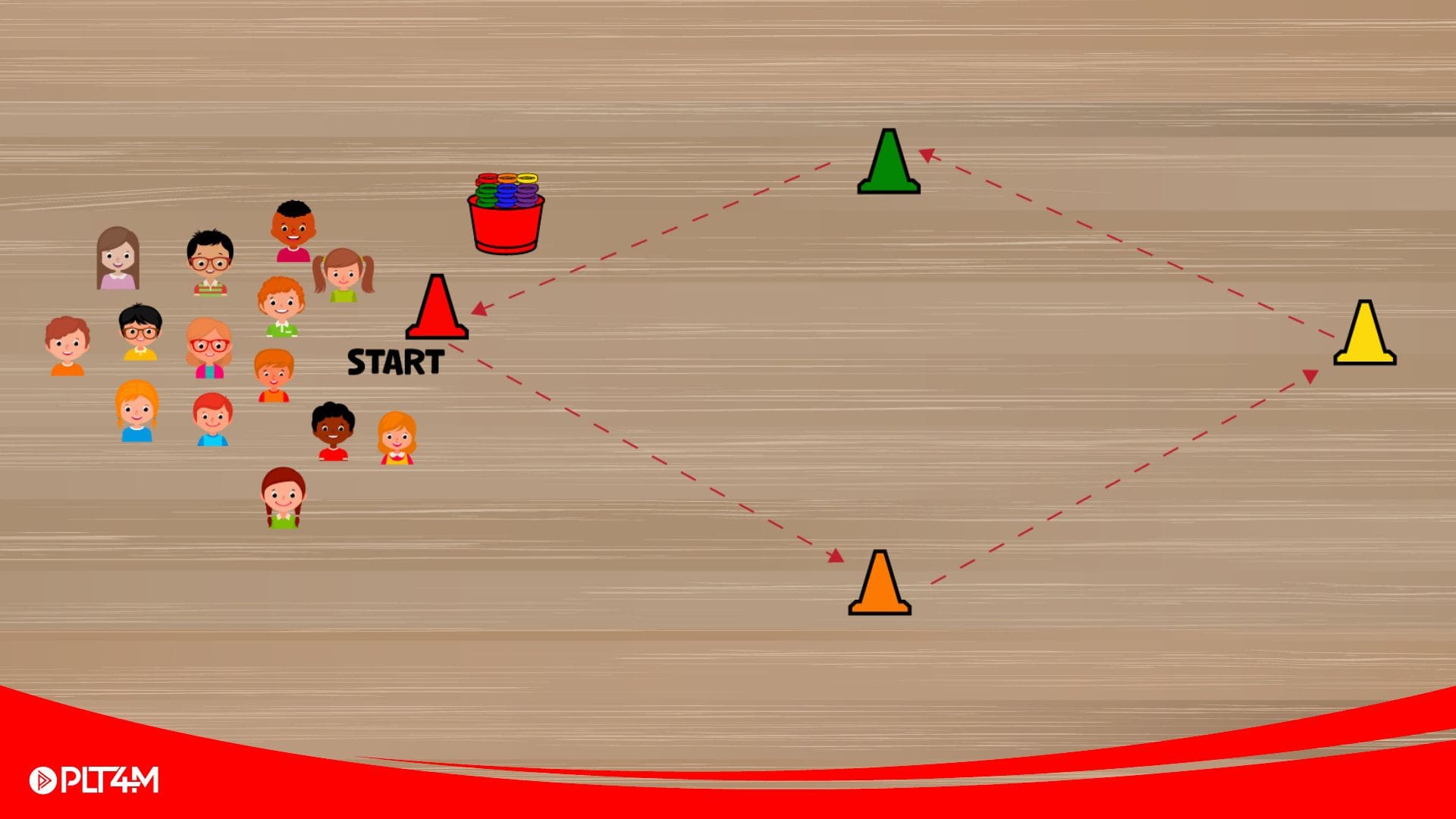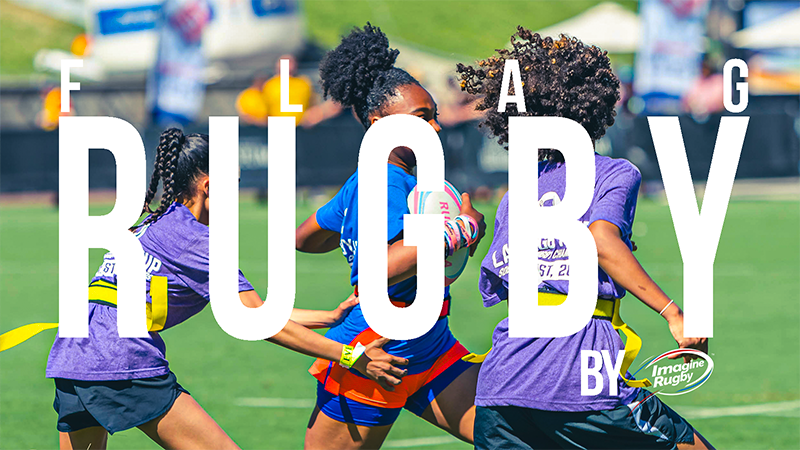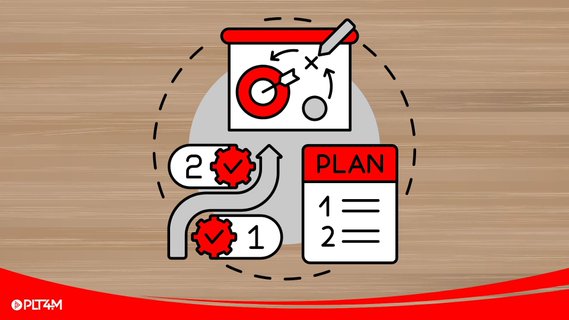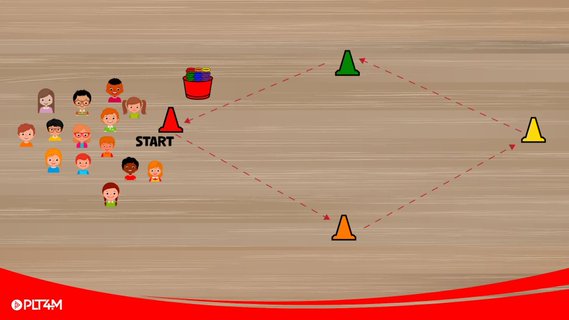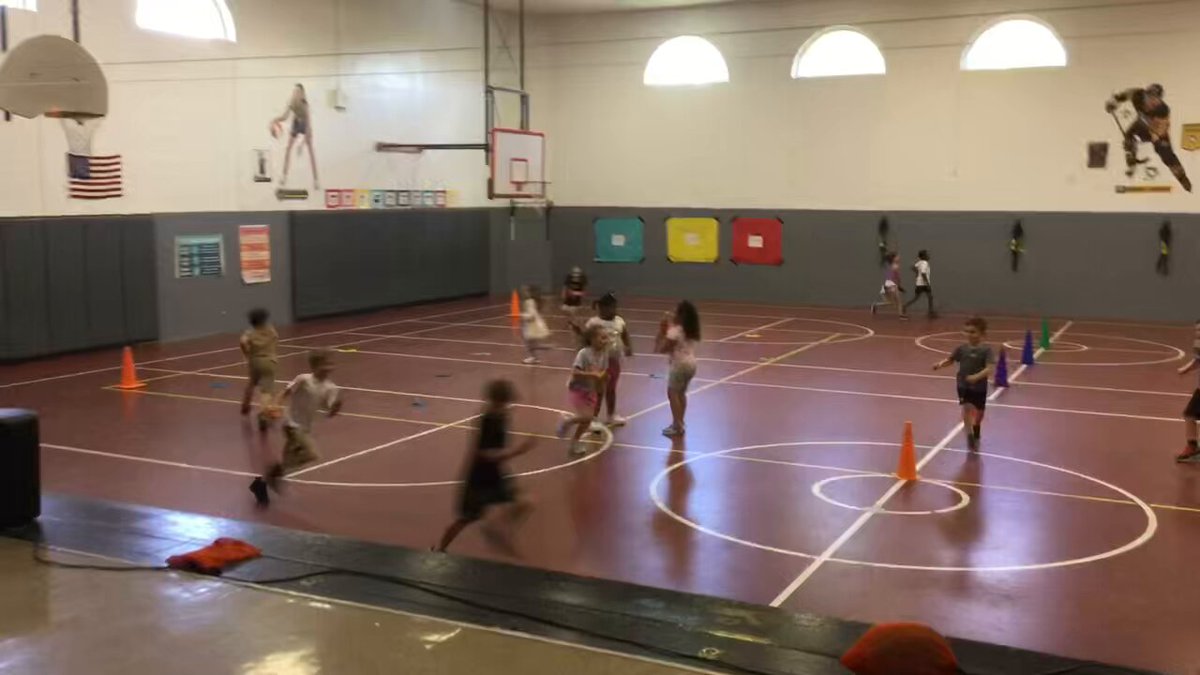This article will move through the five domains covered in the Guidelines Recommendations and Adaptations Including Disability (GRAIDs) to provide a comprehensive approach to ensuring your fitness center is accessible and welcoming to all individuals, including those with a disability. The original series of articles was written for general fitness centers, but has been modified to address school environments.
This article is presented on behalf of the PLT4M partnership with Lakeshore Foundation and NCHPAD. Check out more on the Call For Inclusion with Adapted Physical Education here.
One in four adults in the U.S. has a disability, which means if you aren’t currently equipped and trained to serve people with a disability, you are missing out on a large part of the population. The need for access to health and wellness programs is great. People with disabilities are three times more likely to experience secondary health conditions like diabetes, stroke, and heart disease. All of which can benefit from regular physical activity. But so often, people with disabilities are not included in the health and wellness programs offered either due to lack of access to the built environment or lack of program inclusion.
Domain 1: Built Environment
Domain: Built Environment. Structural features built into the facility or landscape.
Examples: ramps, signage, clear paths/sidewalks, curb cuts, hard floor surfaces, park play equipment, lighting, and counter heights.
Lack of access in the built environment is a guaranteed deal breaker for people with disabilities. With a nod to the famous movie line with our inclusion element added, “If you don’t build it accessibly, they can’t come.” That is why it is an important first domain in our GRAIDs analysis.
If people with disabilities can’t get into your facility or access places once inside, they won’t come. The Americans with Disabilities Act (ADA) was passed over 30 years ago, granting access to people with disabilities. However, the truth is that access is still not guaranteed, and fitness centers tend to be some of the most guilty culprits.
In an age where diversity, equity, and inclusion are at the forefront, we must do better to provide equitable access to health and wellness facilities. The built environment of your fitness center is the first model of inclusion your individuals will encounter, and it includes everything from the entryway, to navigating the space, and the equipment layout.
In Schools:
In a school setting, the fitness center will hopefully be in a place of the building that is accessible. However, many fitness centers might be in a satellite area that should be readily accessible for people with disabilities. Once in the fitness center, the storage for personal items and check-in areas must also be accessible for individuals with disabilities. Lastly, while a messy floor plan might make your space “unique,” it is doing a disservice to individuals with disabilities. Clear pathways are a must!
As a leader of your fitness center, it is your responsibility to partner with the disability community and continually assess your environment to make the necessary changes to ensure everyone can access your center. While the ADA exists as a basic standard, we know it only addresses the bare minimum of needs. The gold standard would be Universal Design so that the structures in place benefit all individuals.
GRAIDs Inclusion Steps
- Do some research to find out what an accessible fitness center looks like using universal design.
- Consider all different types of disability.
- Partner with a local disability organization or people with a disability.
- Assess your space using the accessibility checker (see below for options).
- Work with the disability community to make needed changes to your facility.
Resources:
- Community Health Inclusion Index
- AIMFREE
- ADA Checklist
- Removing Barriers in Fitness Spaces
- The United States Access Board Guide to Accessible Routes
- ADA Checklist for Exercise Equipment
- ADA Checklist for swimming pools
- How to Choose a Fitness Center
- How to Connect and Engage with Disability Advocates and Communities
- Accessibility and Inclusion Toolkit for YMCAs and Fitness Facilities
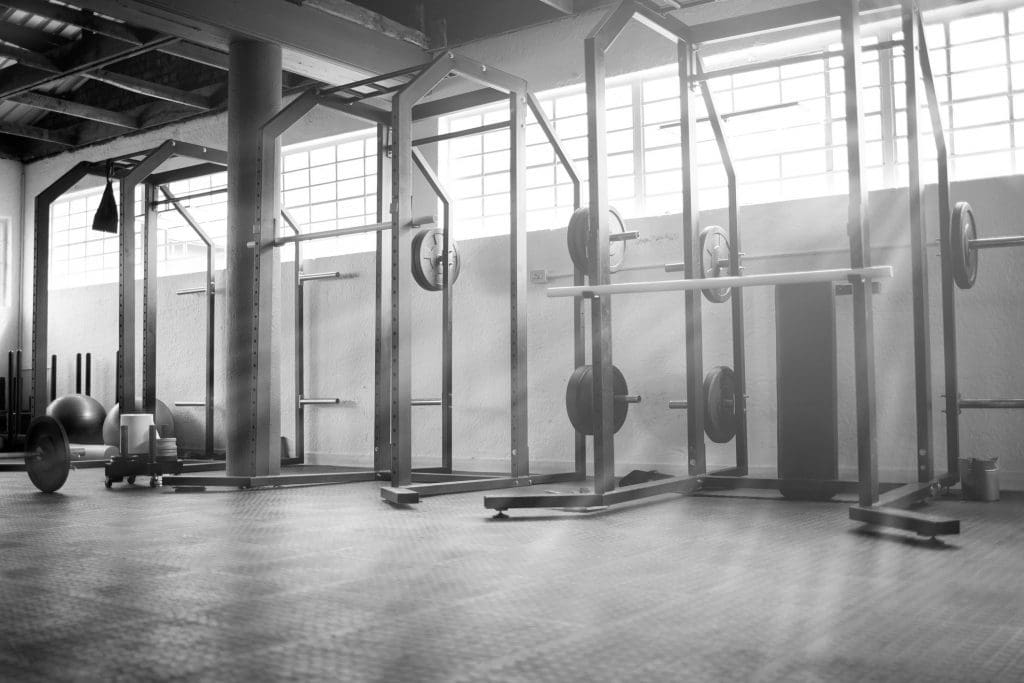
Domain 2: Instruction
Domain: Instruction- Techniques used to enhance learning for fitness center staff, individuals with a disability, and their family members/ caregivers/service providers.
Examples: Webinars, lunch and learns, seminars, in-service trainings, professional development, or certificate programs.
Note: Please keep appropriate and accessible alternative formats for all worksheets and handouts.
One of the top barriers to participation in physical activity for individuals with a disability is the negative attitudes of people – like fitness center staff – towards disability. It’s very important to ensure that individuals with a disability feel welcomed and included in your facility.
The instruction domain can be important for two main reasons.
- Instruction can apply to trainings delivered to your staff. There are lots of trainings available that can help equip your staff to engage members with a disability better. Here are some basics that we recommend:
- All staff in a facility should be required to take disability education training.
- Staff in specialized positions should take trainings or certifications specific to their area of expertise (strength training, yoga, etc).
- For example, a fitness instructor becoming an Inclusive Fitness Specialist through ACSM or taking other adapted fitness certificates.
- Instruction can also apply to the accessibility of the content you provide to your members and staff. If you host fitness classes, lunch and learns, nutrition demos, or similar events, ensure that the information is delivered in an accessible manner. Here’s what we recommend:
- Offer large print or braille handouts, provide an interpreter if requested, and ensure voices are amplified with a microphone.
- In a fitness class, ensure your instructors provide seated and standing exercise options and use inclusive terminology so everyone feels welcome.
Inclusion Solutions:
- Seek out training around disability for all staff.
- Ensure fitness staff are trained on inclusive fitness.
- Enlist the help of individuals with a disability to evaluate your inclusive instructions.
- Provide opportunities for members to request accommodations.
Resources:
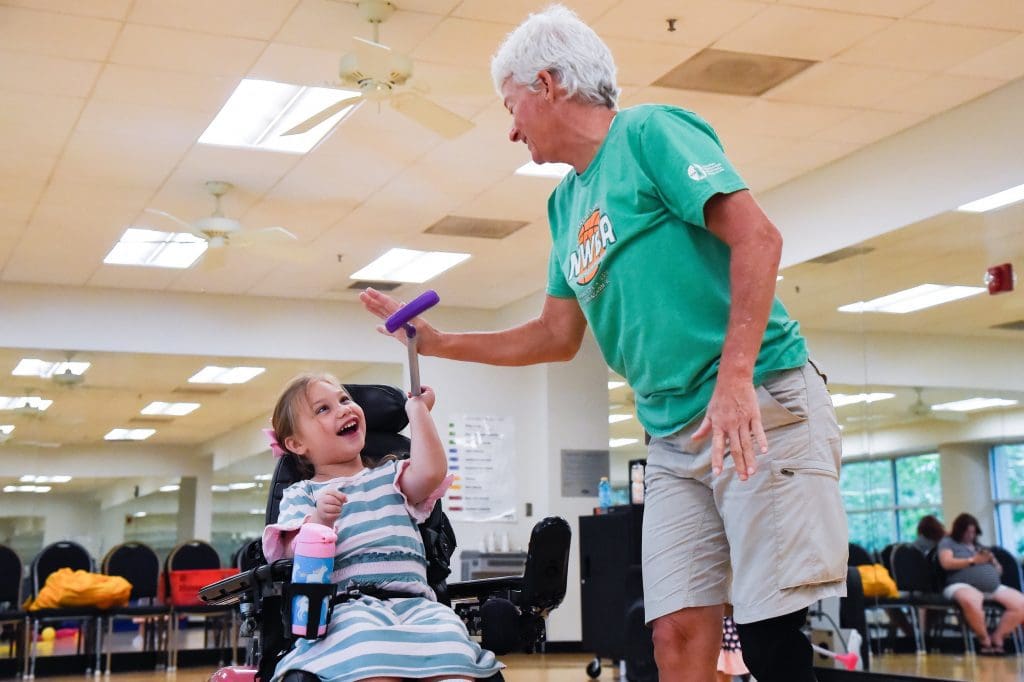
Domain 3: Services
Domain: Services – Person to Person assistance or other assistance that increases participation.
Examples: A peer assistant in a physical education class, inclusive advertisement and promotional materials, inclusive communication.
Providing inclusion in your services is really the key ingredient in having an accessible fitness center. Your services could include providing inclusive and adapted fitness classes. Providing multiple instructors in a class or a peer assistant who can assist when needed as the instructor gives instructions may also be helpful.
Ensure that your staff uses inclusive language in their courses so that all individuals feel welcome to participate. For example, instead of just saying walk or jog, you could also say move.
It is also essential to ensure that your advertisements and promotional materials to get more individuals involved in your fitness center are inclusive. Students should know that the fitness center is an accessible place for everyone!
Inclusion Solutions:
- Provide inclusive and adapted classes wherever appropriate.
- Provide opportunities for interns, students, or other members to serve as peer assistants.
- Make sure one in four of your marketing and communication materials are inclusive in both images and language.
- Survey the disability community to see if your current services meet their needs.
Resources:
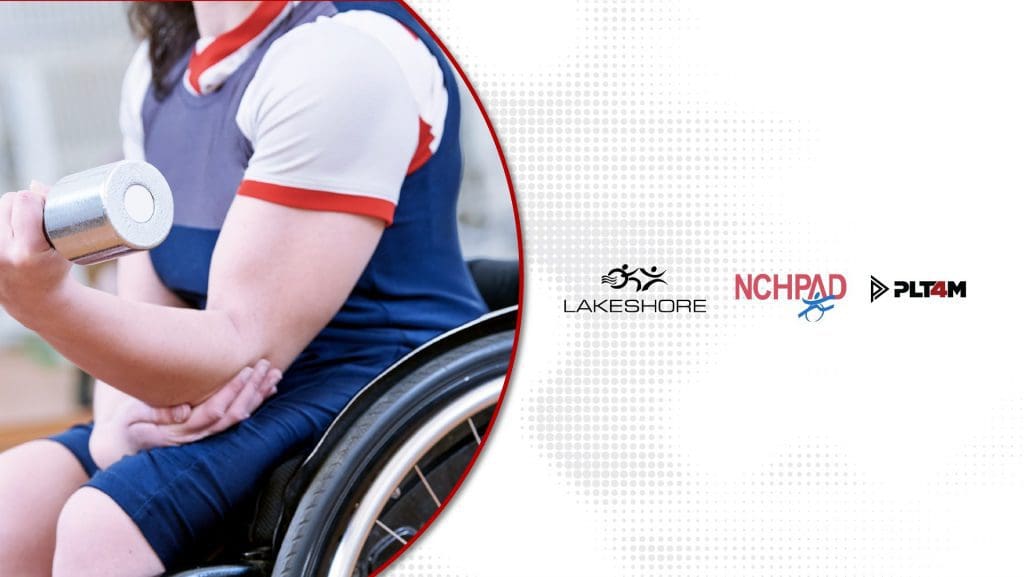
Domain 4: Policy
Domain: Policy – Laws, regulations, rules, protocols and procedures designed to guide or influence behavior. Policies can either be legislative or organizational in nature.
Examples: Staff training requirements, protocol to maintain equipment, organizational rules for storing equipment to keep accessible paths of travel, photos include alt (alternative) text.
How to: Most fitness center staff may not have an opportunity to affect legislative policy, however, they can play an important role in their organizational policies. Every organization should have policies around disability inclusion and accessibility.
Without proper policies in place, an organization’s commitment to inclusion may waver through the years or with different leadership. To ensure adequate representation, organizational hiring policies should include priority given to those with the lived experience of having a disability. This is especially important in the fitness space as people with disability have often been left out.
Organizational policies should also be made regarding the accessibility of all social media posts. We recommend 1 in 4 posts having a message and or image of inclusion. Ensuring that all staff are trained in disability education is another great policy to include.
Accessible documents, training, and equipment purchases should all be included in policies to ensure people with disabilities can access your center. Remember: creating a policy around it ensures that the criteria is followed from year to year and often helps put some funding behind the practice.
Inclusion Solutions:
The policy solutions may vary depending on the fitness center. Guidelines and policies around hiring practices, universal design, accessible paths of travel, and training ensure your services can be available for all individuals, including those with a disability. A fitness center may choose to create a policy around accessible documents ensuring that everything sent out to their members is able to be read and is relatable to students.
Another policy could be around their marketing or social media ensuring they have representation of individuals with a disability in their plans. Whichever policies your fitness center implements, it is important to review them yearly to ensure they are still relevant.
Resources:

Domain 5: Equipment and Technology
Domain: Equipment and Technology – Products or tools used to promote and allow for participation.
Examples: Sports related products, utensils, automatic sliding doors, bus lifts, communication devices.
How to: Equipment is a major part of a fitness center’s accessibility. Without any pieces of accessible equipment, someone with a disability may not be able to exercise in your gym. Some manufacturers sell inclusive equipment where the seat is removable or swings away so an individual can self-select whether to transfer to the provided seat or remove the seat and remain in their wheelchair.
Although there are expensive options, accessible equipment does not always have to mean costly or specific adapted equipment. In fact, universally designed equipment is often used by the largest variety of people. Some standard pieces of exercise equipment are inclusive, such as a cable column or ski urg. Function fitness equipment is also often more universally designed.
Other equipment might just need some small adaptations or additions to make them accessible. The location of the equipment in the fitness space and whether a mobility device can maneuver around it could be the determining factor if it can be used by an individual with a disability or not. Be sure at least one piece of each type of equipment is accessible to someone with a mobility device.
Technology can also play a big role in the accessibility of equipment. Cardio equipment that has audible instruction could be helpful for someone with a visual impairment. Closed captioning should be offered on all TVs or videos being utilized. Having a check-in system that is accessible to every individual that comes in is vital and any digital content, whether by app or website, needs to be able to be read by a screen reader.
Any registration or forms that need to be filled out also need to be in an accessible format with options available in large print or digital. New technology is available on the market all the time and accessibility is always being improved.
Sometimes the best option is to talk to your members with a disability to find out what they use to navigate different environments.
Inclusion Solutions:
Cuffs and ace bandages can be a simple, inexpensive solution to making some pieces of equipment more accessible for individuals without grip strength. Cuffs can be used on multiple pieces of equipment, including dumbbells, cable columns, weighted ropes, and more. Be sure to partner with the disability community to have them provide feedback on the accessibility of your facility.
Resources:

Key Takeaways on GRAIDs
Now that we have reviewed the five domains of GRAIDs, let’s review some key takeaways.
- Work with the disability community to ensure accessibility to your fitness center experience.
- Consider the importance of accessibility for empowering individuals with disabilities to take full advantage of the fitness center.
- Incorporate the GRAIDs domains and universal design when implementing an accessible fitness center approach.
About The Author – Kelly Bonner
Kelly Bonner received her undergraduate degree in Fitness and Health Promotion from Samford University and her Master’s degree in Exercise Physiology from the University of Alabama at Birmingham. Mrs. Bonner has over 14 years’ experience working with individuals with disabilities throughout numerous programs in her work at Lakeshore Foundation. She is a Certified Inclusive Fitness Trainer through the American College of Sports Medicine and has a passion for designing inclusive workout programs. Mrs. Bonner joined the NCHPAD team in 2012 following the transition to Birmingham, Alabama. She is an adjunct professor in Exercise Science at Samford University and coaches track and field for students with disabilities.
